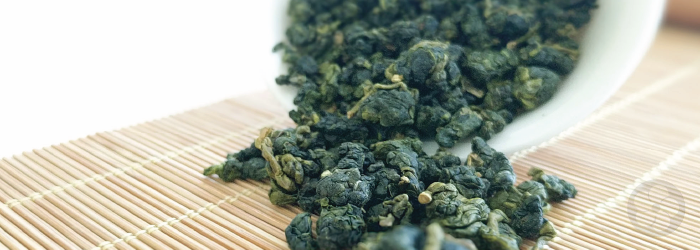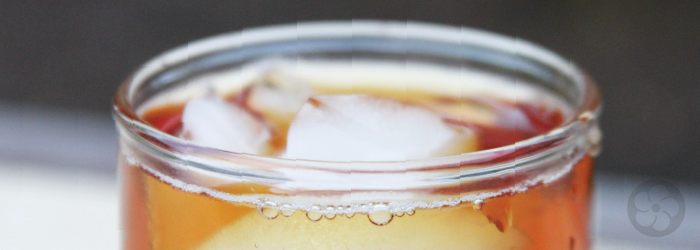Tea Myths: Do Darker Teas Have More Flavor?
It’s been proven many times that color can dramatically influence our perceptions of flavor. For example, adding dye to a white wine causes tasters to describe the flavors of red wine. This psychological quirk makes sense in the context of ripening fruit or vegetables, but doesn’t apply equally to all foods and beverages in our modern world.
In the context of tea, the association between color and flavor seems logical enough at first. You may know, for instance, that steeping tea leaves in hotter water, or leaving them to brew for a longer amount of time, will generally increase the intensity of both color and flavor in the cup. But this logic breaks down as soon as we start to consider a broader selection of teas. While the varying levels of oxidation between tea categories does produce a wide range of flavors, the differences between them can hardly be compared on a linear scale, much less one based on color.
In fact, despite the fact that some of the finest green and white teas barely have any color to the liquor at all, the impact of flavor is undeniable on the tongue. For these teas, the lack of color in the brew is actually a sign of high quality flavor.
Continue reading





